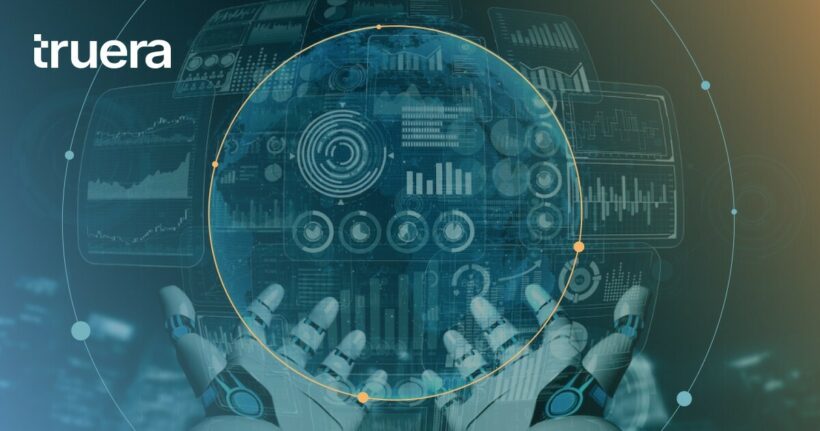Imagine a world where your artificial intelligence (AI) not only understands your requests but also acts as a knowledgeable virtual assistant, organizes your agenda, helps you make complex business decisions, or even accelerates scientific research. That is the ambition of researchers and industry actors working on developing large language model (LLM)-powered autonomous agents such as AutoGPT, BabyAGI and GPT-Engineer. These autonomous agents are intelligent systems that rely on large language models as their core controllers to achieve specific goals given in natural language. In this article, we will dive into the realm of LLM-powered autonomous agents, explaining what they are, potential applications.
Understanding an Agent System
In a LLM-powered autonomous agent system, the LLM functions as the agent’s brain, complemented by three components: planning, memory and tool use. Let’s review these components in detail.
Part 1: Planning
One of the defining features of an AI agent is its ability to execute a plan. To this end, it needs to be able to decompose a task and improve through self-reflection. Task decomposition refers to an agent’s ability to break down complex tasks into smaller, manageable subgoals. To do so, AI developers often use Chain of Thought (a series of intermediate natural language reasoning steps that lead to the final output) and Tree of Thoughts (each thought is a coherent language sequence that serves as an intermediate step toward problem solving) techniques. Once combined, these methods prompt the model to “think step by step” and decompose hard tasks into simpler steps. Some agents rely on external classical planners to perform long-horizon planning, using the Planning Domain Definition Language (PDDL) method to translate the problem into a format that external planners can understand and generate plans for.
In contrast, self-reflection allows AI agents to improve iteratively by refining past action decisions and correcting previous mistakes. To improve agents’ self-reflection capabilities, AI developers increasingly use ReAct (a versatile approach that integrates language models with reasoning and action)) and reflexion (an innovative framework that enhances the learning and decision-making capabilities of language agents by leveraging linguistic feedback,) and Chain of Hindsight (a method that enables models to learn and improve from both positive and negative feedback, using a sequence of hindsight feedback to enhance their performance in various tasks) techniques.
Part 2: Memory
Memory enables AI agents to store and retrieve information as needed for various tasks.
- Sensory memory: This is the initial stage of memory, akin to human sensory perception. It allows LLMs to retain sensory impressions—whether visual, auditory, or tactile—for a brief period after the initial stimuli have ceased.
- Short-term memory (STM) or working memory: STM serves as the active workspace for information currently in use. It is vital for carrying out complex cognitive tasks like learning and reasoning. In LLMs, STM functions as in-context learning and is constrained by the model’s finite context window length.
- Long-term memory (LTM): LTM is the repository of information that can be retained for an extended duration, ranging from days to decades. It boasts virtually limitless storage capacity and is divided into two subtypes:
- Explicit / declarative memory: This type of memory stores facts and events that can be consciously recalled. It includes episodic memory (memories of specific events and experiences) and semantic memory (knowledge of facts and concepts).
- Implicit / procedural memory: Implicit memory operates unconsciously and encompasses skills and routines performed automatically, such as riding a bike or typing on a keyboard.
Part 3: Tool Use
The tool use component is about equipping LLMs with external tools to greatly enhance their capabilities.
One pioneering approach in this domain is the MRKL (Modular Reasoning, Knowledge, and Language) architecture introduced by Karpas and colleagues in 2022. MRKL is designed for autonomous agents and combines expert modules with a general-purpose LLM, which acts as a router to direct queries to the most suitable expert module.
Two noteworthy projects, TALM (Tool Augmented Language Models) and Toolformer, have explored the fine-tuning of LLMs to learn how to use external tool APIs. Their success depends on expanding datasets with new API call annotations that enhance the quality of model outputs. In practice, examples of LLMs augmented with tool use capabilities include ChatGPT Plugins and the OpenAI API function calling.
Challenges
While autonomous agents hold immense potential, they face several challenges:
- Limited context capacity: LLMs are constrained by finite context lengths, limiting their ability to incorporate historical data and complex instructions. This constraint hampers performance, particularly in tasks requiring a deep contextual understanding. To address this challenge, efforts should focus on expanding the context window, allowing LLMs to grasp more historical information and detailed instructions.
- Long-term planning: Unlike humans who can adjust plans in response to unexpected circumstances, LLMs find it difficult to deviate from predefined paths. To mitigate this challenge, mechanisms must be developed that enable agents to adapt their plans when confronted with unexpected errors. Agents should possess the capacity to handle deviations and adjust their strategies to attain desired outcomes.
- Natural language Interface: LLMs heavily rely on natural language interfaces for communication with external components, like memory and tools. However, the reliability of model outputs can be uncertain. LLMs may produce unreliable results, encounter formatting issues, or even display rebellious behavior by refusing instructions. Ensuring the reliability and accuracy of these interfaces is crucial for optimal agent performance. This requires refining the natural language generation capabilities of LLMs to produce more accurate and contextually relevant responses.
Conclusion
The emergence of LLM-powered autonomous agents represents a remarkable development in artificial intelligence. In the near future, these agents, equipped with planning, memory and tool use capabilities may become powerful autonomous, goal-driven assistants. However, they can still fail spectacularly because of the limitations that we discussed. Therefore, it is essential to continuously track and evaluate their performance using observability tools like Trulens.
